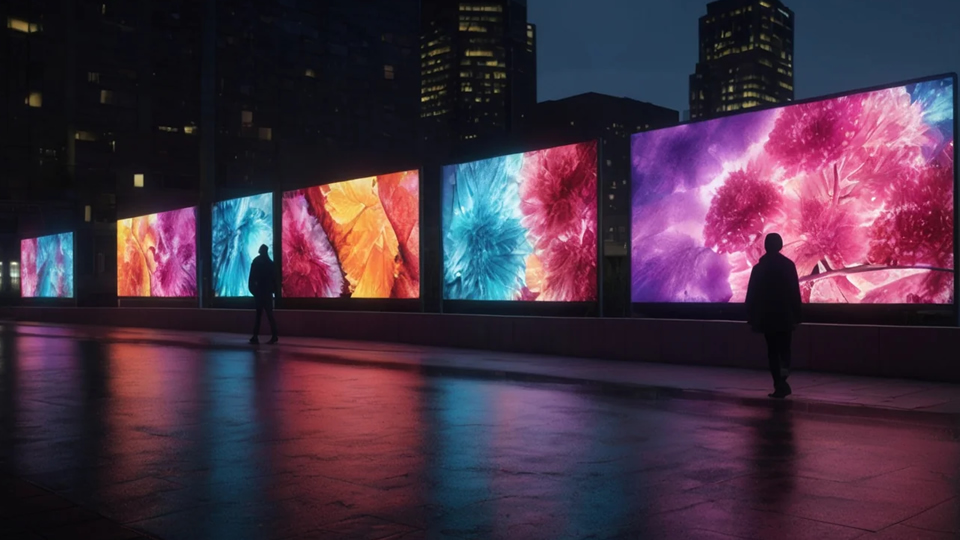Proper brightness adjustment is essential for maintaining the visual quality and lifespan of your led display. Whether you’re using it indoors, outdoors, or in a changing light environment, getting the brightness levels right ensures better readability, improved energy savings, and a longer display life.

Indoor Settings
For indoor environments, high brightness can cause eye strain and consume unnecessary energy. Most led displays allow you to reduce brightness manually through the control software or remote settings. Ideally, aim for a brightness level between 300 to 800 nits depending on ambient lighting.
Outdoor Daytime
Under direct sunlight, your screen needs to be much brighter to stay visible. Outdoor displays typically require 2,000 to 5,000 nits or more. Many modern LED systems have built-in light sensors that automatically boost brightness during the day and reduce it as it gets darker.
Night-time Use
Excessively bright screens at night can be disruptive and violate local regulations. Use scheduling features in your LED control software to reduce brightness in the evening. A level below 500 nits is usually sufficient for visibility without being overpowering.
Using Auto Brightness (Sensor-Based)
If your LED system supports it, consider enabling automatic brightness adjustment using light sensors. This feature allows your display to adapt dynamically based on the surrounding light level, which is especially useful in environments with rapidly changing light conditions.
Calibration and Testing
After adjusting, always test your screen from various viewing angles and distances. Make sure content remains clear and readable without glare or washed-out colors. It's also a good idea to calibrate your screen brightness periodically to account for environmental changes and hardware aging.

